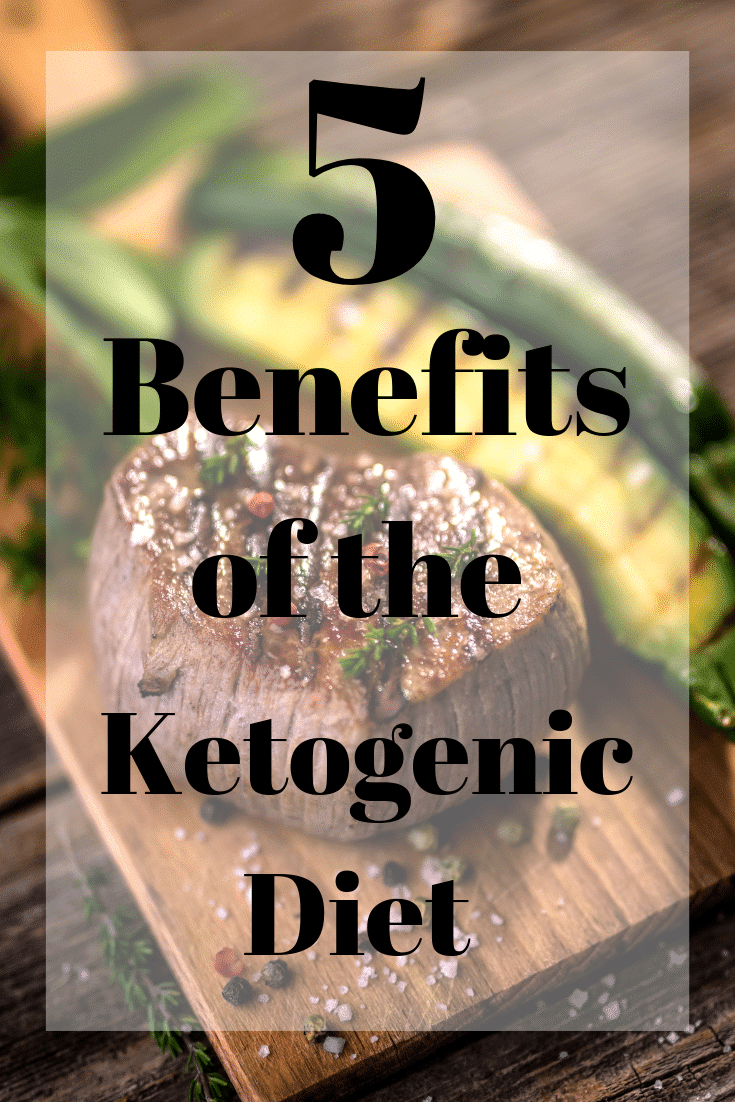Keto Flu: What is it? Symptoms & How to Treat
The Keto Flu symptoms are no fun and often leave people ready to quit before they start seeing results. The good news is that the Keto Flu can be remedied easily and that you will feel better quickly. In this post, we will talk about what the Keto Flu is, the symptoms, and how to feel better.
Keto Flu – What Is It & How To Treat It?
I love the Keto Diet, and after two years it has become a way of life for me. Fans of this low carb way of eating often see many health benefits. But there’s one not-so-great side effect you might have heard about or experienced yourself…the infamous Keto Flu.
The good news? It’s NOT a long term side effect, and the duration can often be shortened or avoided entirely.
What Is the Keto Flu?
One of the more challenging obstacles newcomers face on the Ketogenic Diet is the so-called “Keto Flu.” These are basically carb-withdrawal symptoms, much like you’d experience if you gave up caffeine suddenly. With Keto, you’re taking away all the processed foods, sugar, and grains your body has relied on for fuel, so it’s forced to break down fat instead.
It takes time for our bodies to adjust and adapt, which is when you may experience the Keto Flu.
What Are the Symptoms of Ketosis Flu?
Symptoms of Keto flu are usually a mixture of the following:
- Headache
- Nausea
- Low Energy Level
- Loss of Focus
- Irritability
- Carb/Sweet Cravings
- Muscle Cramps
- Dizziness
If you are prepared and follow the tips to avoid the Keto Flu below, you may not experience ANY of these symptoms! Or you may feel so crummy you can’t imagine it will ever end… Everyone’s experience is unique to them!
What Does the Keto Flu Feel Like?
Based on the symptoms above and my own experience, it can feel much like the regular flu without a high fever and runny nose. Overall, you feel yucky and have very little energy.
When Does Keto Flu Hit?
Personally, the keto flu hit me about a week into my journey with feelings of sluggishness, nausea, leg cramps, and exhaustion. I read about supplementing my electrolytes and knew I needed sodium among several others. I made Keto Queso Easy Taco Soup for dinner that night and began to feel better fairly quickly. I’m guessing due to the sodium content from the broth. The soup, along with supplementing needed electrolytes made facing the keto flu much easier, and my experience was short lived.
Symptoms usually occur within the first week or two when starting a Ketogenic diet. A few days after you’ve dramatically lowered your carb intake, your body will begin its transition into the metabolic state known as ketosis.
It’s Just a Transition & Usually Short-Lived
During this transition, your body will be learning how to break down fatty acids for fuel rather than our old friend glucose. This adjustment period is when most people experience all the tired, achy, foggy, flu-like side effects.
How Long Does Keto Flu Last?
Here’s where I have some good news for you! The Keto Flu is very, very temporary, and if you can ride it out you’ll be so thankful you did!
As for exactly how long the Keto flu lasts…
Symptoms vary widely from person to person. Luckily most people experience these symptoms only briefly, if at all. It can be very mild, a feeling of general fatigue for a day or two. Or for some folks, it can be more extreme and last several days. They may suffer a bad headache, nausea, and other flu-like symptoms, to make for a pretty miserable first week.
Causes of the Keto Flu?
The Keto flu is caused by a few things happening at the same time:
First, you are undergoing a BIG change to your metabolism by forcing it to switch from primarily burning sugar as a fuel source — to burning fat.
When you restrict carbs, your body has to learn this new trick. It has to break down fat and burn ketones for energy instead of the glucose it previously used. This process of becoming fat-adapted is a bit of a learning curve for your body. (Nobody likes change, right?)
Dehydration & Electrolyte Imbalance
Second, it’s easy to become mildly dehydrated and have low electrolytes when switching to this way of eating. You may notice you’ve urinated more frequently the first couple weeks on Keto? That’s your body’s way of excreting sodium in response to lowered insulin levels. Losing lots of water/sodium can lead to dehydration and electrolyte imbalance, which also will make you feel less than stellar.
Lastly, you may feel nauseous because your digestive system just hasn’t caught up with all the increased fat intake. Once you build up a bigger store of fat enzymes, this won’t be a problem!
How To Treat Keto Flu?
Get relief from Keto Flu symptoms with these tips:
1. Drink more water, replenish electrolytes, and add more salt!
You may think you are drinking enough water, but you most likely aren’t. The fastest way to alleviate the symptoms of Keto flu is to replace your electrolytes quickly. It’s important to understand that electrolytes are a necessity on the Keto Diet because as your body changes fuel sources, several essential electrolytes are depleted. Being proactive on the front end can be very helpful in avoiding Keto Flu symptoms.
At a glance:
- Drink More Water
- Add more sodium to your diet by adding more salt. Pink Himalayan or Redmond’s Real Salt, is best. Bone Broth is also a great option.
- Replenish Electrolytes and Avoid Dehydration by drinking water, an electrolyte drink, taking an all-in-one electrolyte supplement, and magnesium and potassium pills.
You can find more detailed information in the two posts below:
- Electrolytes On Keto: Simplified, Explained, and Supplement Suggestions
- Salt on Keto: 3 Reasons You Need More
2. Fuel Your Body
One cause of the Keto flu is a lack of fuel, and an easy way to fix that is to consume more fuel. This may seem very obvious, but it’s an easy thing to get wrong if you are unfamiliar with the keto diet. Not eating enough can rob you of the energy you need to function at a high level! When you feel nauseous most cut back on food; however, you need fuel to get through the Keto Flu. Add in a little more healthy fats to your diet to get your energy up.
3. Take It Easy
If the first two cures don’t do enough to alleviate your symptoms, consider taking it more slowly. Start your low carb journey with a more moderate approach and work your way down to 20 carbs a day. Also, go easy on physical activity during this transitional period. Adding too many stress factors to your body at once can cause a drop in energy and function.
How To Avoid Keto Flu?
Staying Hydrated is KEY!
Make sure to drink plenty of water those first couple weeks. A good goal to keep in mind is half your body weight – in water ounces. So if you weigh 150 lbs, then shoot for drinking 75 oz of water per day.
Keep Sodium, Potassium and Magnesium Up
When your body excretes sodium during keto-adaptation, it causes an electrolyte imbalance. Most affected are your Sodium, Potassium, and Magnesium levels. Making sure you’re getting enough Sodium as you transition to Keto is key to avoiding the dreaded flu. Potassium and Magnesium supplements are beneficial for preventing muscle cramps. Set yourself up for success by adding more sodium, potassium supplements, and magnesium supplements such as Magnesium Citrate, Magnesium Chloride, and Magnesium Glycinate
Keep Fat Intake Up
We’ve all spent our whole lives avoiding fat, so it’s reasonable to be nervous about eating too much. In fact, I thought I’d gain 15 lbs my first week doing the Keto diet! But that’s where you could be hurting yourself. If you’re withholding carbs from your body, without increasing your fat intake to compensate – your body will feel like it’s starving. Try eating more fat to help satisfy your body’s need for fuel.
Wrapping up
In conclusion, the Keto Flu is just a small bump on your Keto journey that can be avoided by taking a few smart steps. If you’re suffering already from any of these symptoms, you can usually feel better quickly by adding lots of water, salt, electrolytes, and extra fuel. Listen to your body and rest more or go more slowly if you need to. But just know that if you can power through the Keto flu, you’ll be on the road to potential weight loss, increased focus and energy, and other health benefits! (1)
Disclosure: I am not a medical doctor or weight loss expert, and this is not medical advice. Any suggestions should not be taken as such. I am only sharing my personal experience.








I just want to say that in addition to going into ketosis, your body is withdrawing from wheat. The opiate like substance in wheat causes a similar withdrawal as stopping opioids. When I was diagnosed with celiac and had to stop all wheat, the withdrawals were horrible. I felt much worse not eating wheat than I ever did when I are it. Luckily my Dr told me to keep going and it’d get better. It took about a month before I felt better. A good book with lots of info is Wheat Belly Diet. It’s written by a cardiologist. He’s written many books now, but this is the one where I learned how harmful grains are to your body. I was diagnosed 8 years ago, so there wasn’t a lot of info available. Glad I read his book.
I successfully did Keto for 2 weeks and then as I passed 2.5 weeks started feeling really tired and run down.. So obvious now that I was going through Keto flu symptoms, I’m really wishing that I acknowledged that at the time but couldn’t think clearly. This is why so many people say do your research! Like I did hear about Keto flu but I assumed that I had dealt with that in the first few days, obviously not! I really appreciate your post, thanks!
You’re very welcome, Tamara! I’m glad my post helped.
Thanks for this. It’s helpful but I feel awful from electrolytes being off and I can’t get them corrected whatever I do. Can anyone help me?